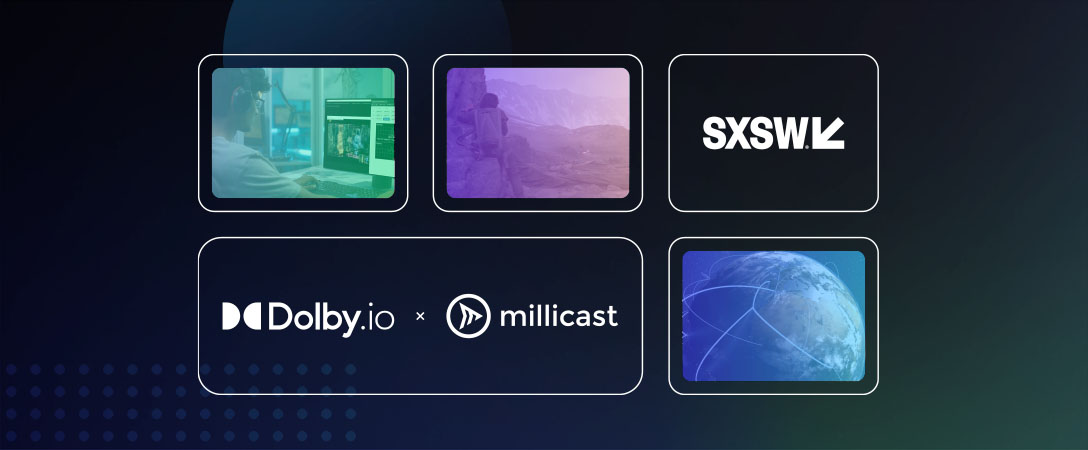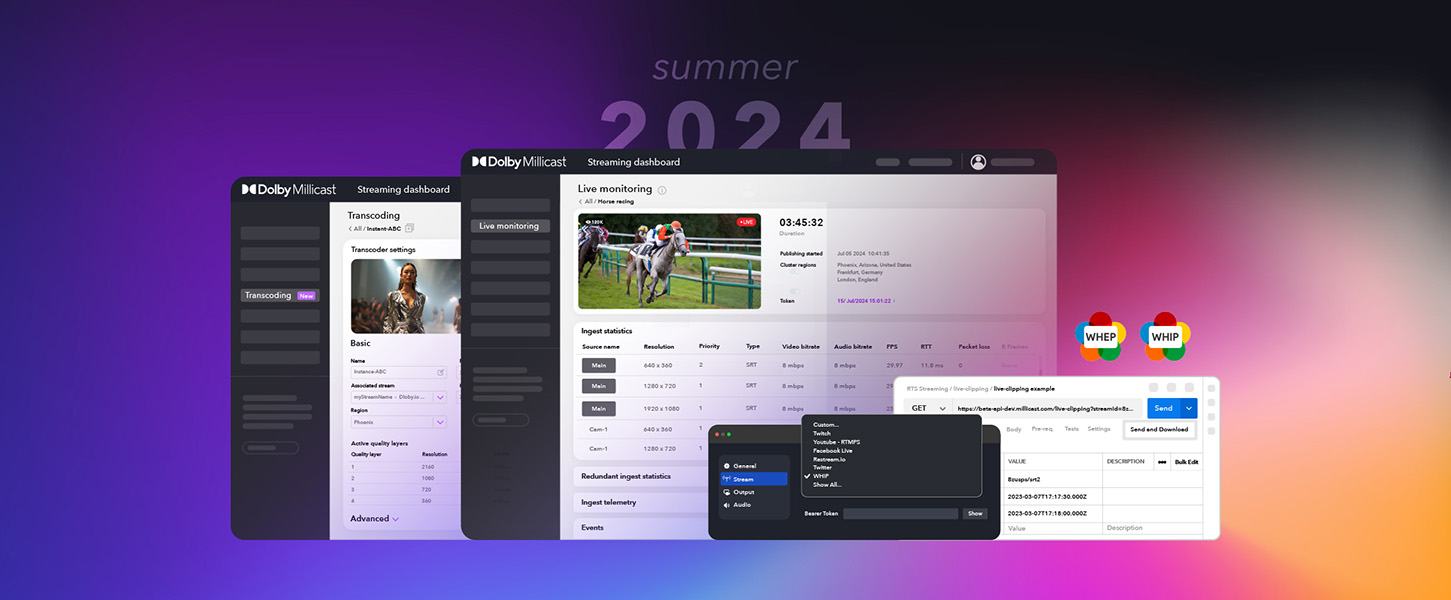Video games are everywhere.
As of August 2020, gaming sales have increased almost 40% year-over-year. Online gaming continues to flourish thanks to massively popular and accessible games like Among Us and Fortnite that consistently dominate in streaming views. But in the midst of COVID-19 and even looking toward the aftermath of the global pandemic, video game production studios and developers must still adapt to the dramatic change in working conditions, especially when it comes to audio production.
Voice acting has helped create some of the most memorable moments, characters, and experiences in video games. Whether it’s the immediately recognizable posh accent of Lara Croft or the stoic sternness of Halo’s Master Chief, great voice acting has an impact on both the in-game experience and the players themselves. But now that the majority of everything is done from home, how has the video game industry adapted to remote recording without sacrificing the quality that their customers – and especially the players – expect?
Kristoffer Larson is the Senior Sound Supervisor at Formosa Interactive – a division of the award-winning audio post-production shop Formosa Group – focused primarily on in-game audio. Larson has worked on a number of games, including Halo 4 and recently Ori and the Will of the Wisps.
According to Larson, one of the biggest challenges in remote recording is proactively equipping the voice actors with their own studios. Voice actors aren’t typically sound engineers, and they’re accustomed to coming in to a studio to do their work. “We tried to create, essentially, voice-over forts,” said Larson. The kits that Larson and his team provided the voice actors included mics, laptops, iPads, stands, and even acoustic treatments designed to mitigate all of the potential pitfalls of recording at home.
As we’ve seen with the podcasting industry, remote recording still has benefits. For example, engineers can now join the remote recording calls to coach voice actors through the experience, just like if they were in a studio. Larson also believes that the recent necessity for remote audio production has had a widespread impact on how video game production companies look at work itself.
“The biggest change we’ve seen is the legitimization of distributed development,” said Larson. Now that the vast majority of audio production is done remotely, the industry is seeing significantly fewer instances of trust or security issues, inspiring companies to embrace a distributed delivery culture most common to Silicon Valley software companies. Formosa Interactive uses a secure, reliable, and high-speed data transfer service to shuttle content between to and from recipients while looking to telepresence and online collaboration tools to manage reviews.
“Because of the nature of game audio development and the sheer number of digital assets, your audio director is not going to be reviewing 1.3 million voice-over files. You have to be distributed.”
The nature of work has shifted considerably since the onset of massive (and often, mandated) remote collaboration. No matter the industry, content creators and producers need accessible, flexible tools that ensure the quality of production whether in-studio or at home.
With dolby.io, you can bring superior sound to your audio production. Check out the demo for yourself, and sign up for a free account.










